Here’s everything you need to know to make the most of the partial solar eclipse on March 29, as the moon takes a ‘bite’ out of the sun.
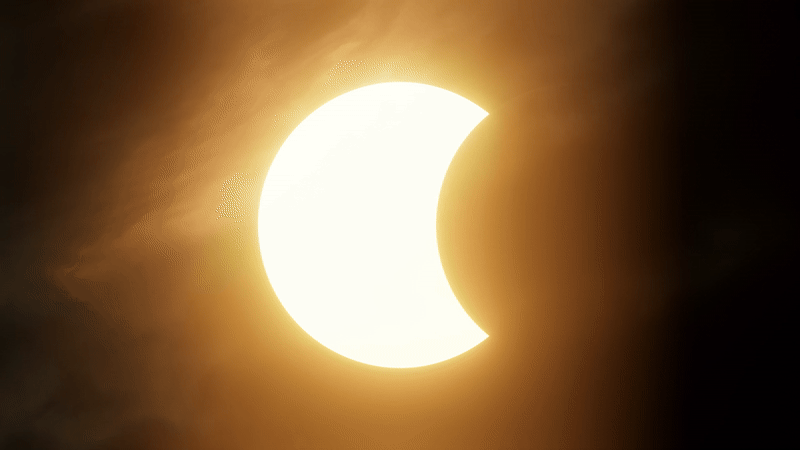
A partial solar eclipse will be visible across eastern North America and Europe on March 29. Find out when, where and how to see the celestial show. (Image credit: solarseven via Getty Images)
A partial solar eclipse is happening tomorrow morning (March 29), offering skywatchers a chance to see the moon partially cover the sun.
Globally, the eclipse begins at 4:50 a.m. EDT (0850 GMT), reaching maximum coverage at 6:47 a.m. EDT (1047 GMT). Exact visibility and timing depend on your location.
If you’re unable to watch the partial solar eclipse in person, don’t worry, you can watch all the action unfold live here on Space.com courtesy of Timeanddate and keep up to date with the latest solar eclipse progress with our solar eclipse live blog.
A partial solar eclipse happens when the moon passes between Earth and the sun, blocking a portion of the solar disk from view. It can look like the moon has taken a “bite” out of the sun.

What time is the partial solar eclipse?
The exact timing of the eclipse depends on your location. For those in eastern North America, it will occur around sunrise; for those across Europe, it will take place mid-morning.
Time of partial solar eclipse by country (in local time)
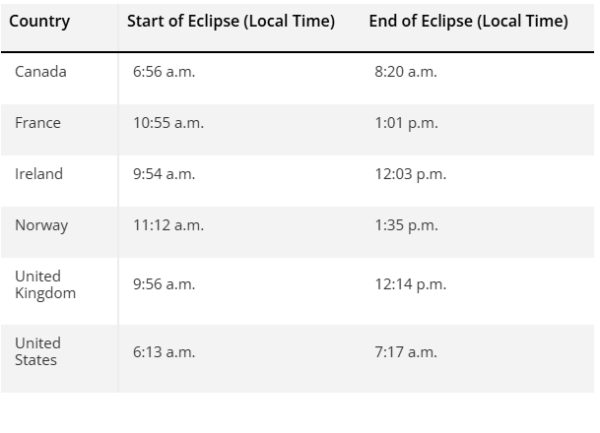
The best views of the solar eclipse whereby a majority of the sun will be obscured by the moon will be found in extreme eastern Canada and the northeastern U.S, where a crescent sun will rise dramatically over the horizon. Locations such as New Brunswick, northern Quebec, and Maine will experience an especially striking effect, with a pair of solar “horns” briefly appearing as the sun emerges.
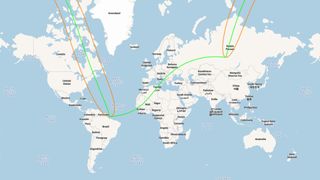
Our how to view the sun safely guide tells you everything you need to know about safe solar viewing and what to look out for on the surface of the sun!
And if you’re unable to catch the solar eclipse in person you can enjoy all the action from the comfort of your home via these solar eclipse livestreams. We will also be updating our solar eclipse live blog throughout the event, bringing you the best views and comments from those on the ground and watching online.
After March 29, the next solar eclipse will be another partial solar eclipse on Sept. 21, 2025. It will be visible from remote areas of the Southern Hemisphere.
Editor’s note: If you snap a photo of the solar eclipse and would like to share it with Space.com’s readers, send your photo(s), comments, and your name and location to spacephotos@space.com.
Credit: www.space.com

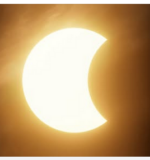

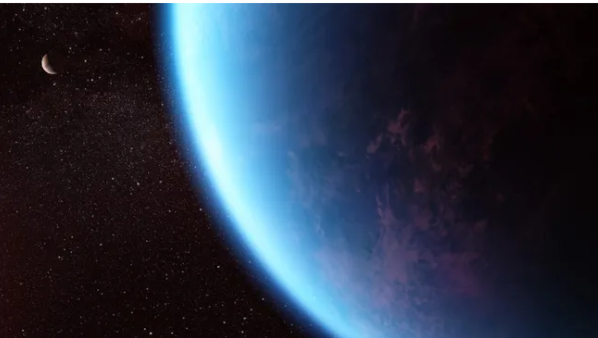
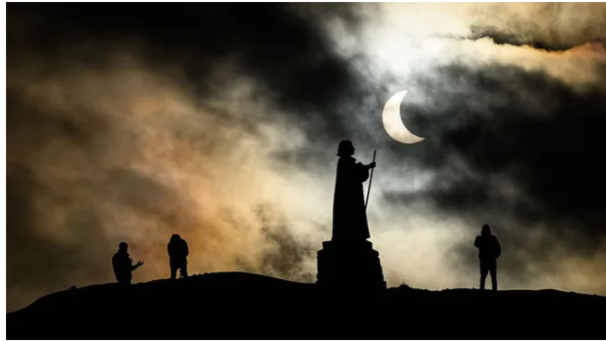



 Photographer Finds Locations Of 1960s Postcards To See How They Look Today, And The Difference Is Unbelievable
Photographer Finds Locations Of 1960s Postcards To See How They Look Today, And The Difference Is Unbelievable 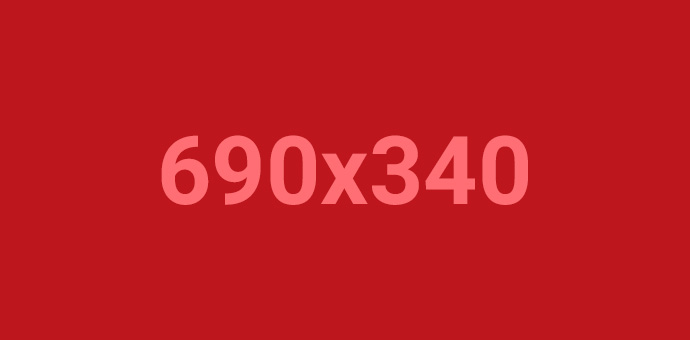 Hij zet 3 IKEA kastjes tegen elkaar aan en maakt dit voor zijn vrouw…Wat een gaaf resultaat!!
Hij zet 3 IKEA kastjes tegen elkaar aan en maakt dit voor zijn vrouw…Wat een gaaf resultaat!!  Scientists Discover 512-Year-Old Shark, Which Would Be The Oldest Living Vertebrate On The Planet
Scientists Discover 512-Year-Old Shark, Which Would Be The Oldest Living Vertebrate On The Planet  Hus til salg er kun 22 kvadratmeter – men vent til du ser det indvendigt
Hus til salg er kun 22 kvadratmeter – men vent til du ser det indvendigt  Superknepet – så blir snuskiga ugnsformen som ny igen!
Superknepet – så blir snuskiga ugnsformen som ny igen!  Meteorite That Recently Fell in Somalia Turns Out to Contain Two Minerals Never Before Seen on Earth
Meteorite That Recently Fell in Somalia Turns Out to Contain Two Minerals Never Before Seen on Earth  Nearly Frozen Waves Captured On Camera By Nantucket Photographer
Nearly Frozen Waves Captured On Camera By Nantucket Photographer 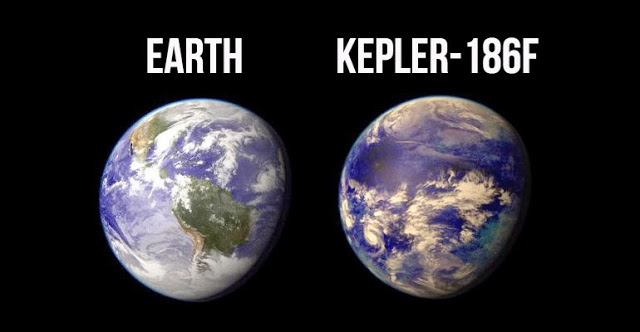 It’s Official: Astronomers Have Discovered another Earth
It’s Official: Astronomers Have Discovered another Earth 